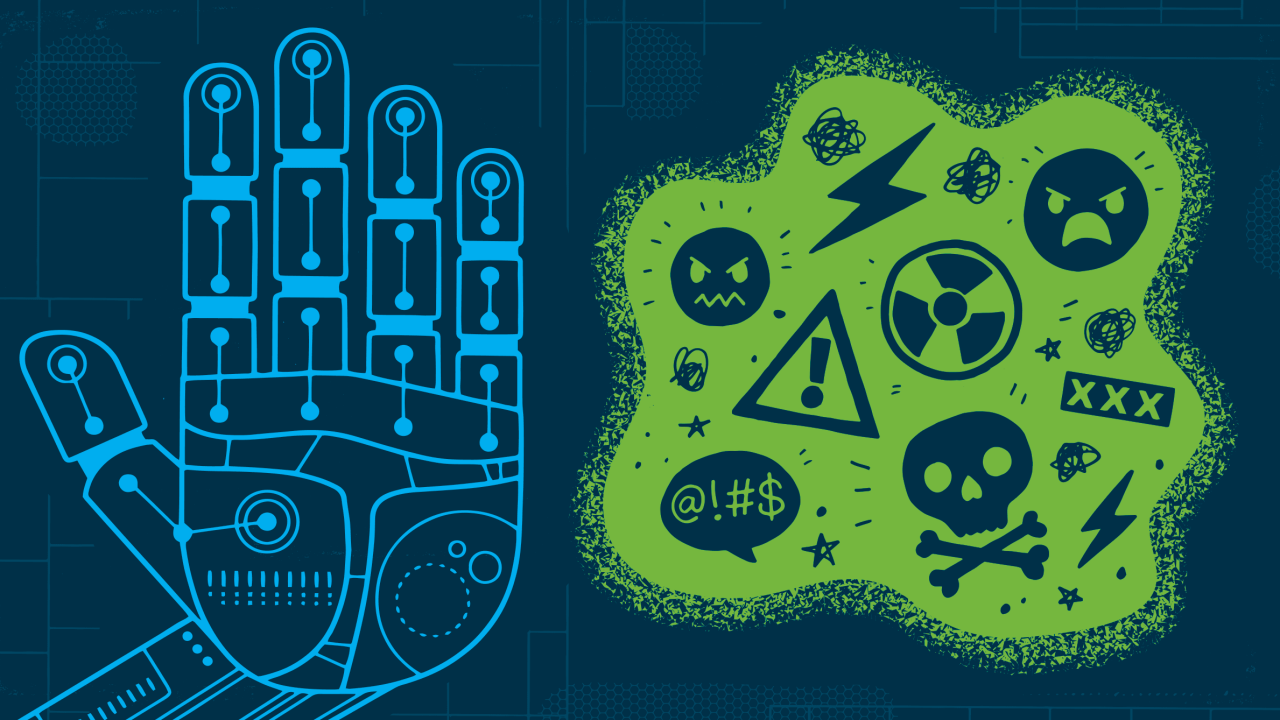Predicting Misconduct: How AI Helps Head Off Harassment, Bias and Other Ethics Issues
Artificial intelligence, machine learning and natural language processing technology have added new dimensions to digital misconduct reporting platforms.

Was this resource helpful?



